I wanted to post some interesting Apothecary pictures that I have accumulated. Just archiving this information for the Virtual Museum. Like my 3rd grade teacher always said “write it down and you will remember”.
[from Wikipedia] Apothecary is a historical name for a medical professional who formulates and dispenses materia medica to physicians, surgeons and – a role now served by a pharmacist (or a chemist or dispensing chemist) and some caregivers.
In addition to pharmacy responsibilities, the apothecary offered general medical advice and a range of services that are now performed solely by other specialist practitioners, such as surgery and midwifery. Apothecaries often operated through a retail shop which, in addition to ingredients for medicines, sold tobacco and patent medicines.
In its investigation of herbal and chemical ingredients, the work of an apothecary may be regarded as a precursor of the modern sciences of chemistry and pharmacology, prior to the formulation of the scientific method.
According to Sharif Kaf al-Ghazal, Jolyn Carter, and S. Hadzovic, the first apothecary shops were founded during the Middle Ages in Baghdad. The first one was founded by Muslim pharmacists in 754, during the Abbasid Caliphate, or Islamic Golden Age. Apothecaries were also active in Islamic Spain by the 11th century.
By the end of the 14th century, Geoffrey Chaucer (1342–1400) was mentioning an English apothecary in the Canterbury Tales, specifically “The Nun’s Priest’s Tale” as Pertelote speaks to Chauntecleer (lines 181–184):
. . . for ye shal nat tarie, Though in this toun is noon apothecarie, I shal myself to herbes techen yow, That shul been for youre hele and for youre prow. . . . since you shouldn’t tarry, And in this town there’s no apothecary, I will myself go find some herbs for you That will be good for health and pecker too.
By the 15th century, the apothecary gained the status of a skilled practitioner, but by the end of the 19th century, the medical professions had taken on their current institutional form, with defined roles for physicians and surgeons, and the role of the apothecary was more narrowly conceived as that of pharmacist (dispensing chemist in British English).
One famous mention of an apothecary appears in William Shakespeare’s play Romeo and Juliet, in which a poor apothecary sells Romeo an elixir of death with which Romeo commits suicide.
In England, the apothecaries merited their own livery company, the Worshipful Society of Apothecaries, founded in 1617. Its roots, however, go back much earlier to the Guild of Pepperers formed in London in 1180. Elizabeth Garrett Anderson became the first woman to gain a medical qualification in Britain when she passed the Society’s examination in 1865.
Apothecaries used their own measurement system, the apothecaries’ system, to provide precise weighing of small quantities. Apothecaries also were known to accept special requests for viles and poisons. This meaning of the term “apothecary” has not passed into archaic oblivion, as in William Faulkner’s still widely read 1930 story “A Rose for Emily” the main character, Miss Emily Grierson, goes to an “apothecary” and buys arsenic, ostensibly to kill a rat (which turns out later to have been her “Yankee” boyfriend who had apparently become bent on jilting her and casting her aside). Words which are cognate to apothecary have the meaning of “pharmacist” or “dispensing chemist” in certain modern languages. In Swedish, for example, pharmacy is apotek and the pharmacist (dispensing chemist) is called apotekare. Very similar as well is the German equivalent Apotheke (pharmacy) with the Apotheker being the pharmacist.
The Spanish-derived word bodega also has the same root.

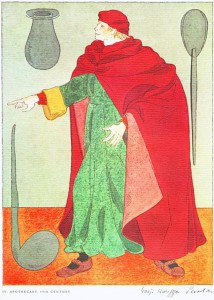
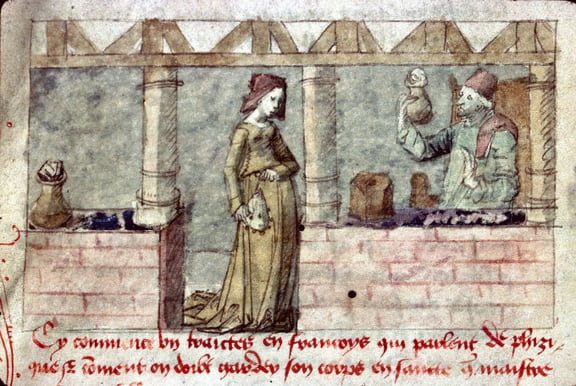
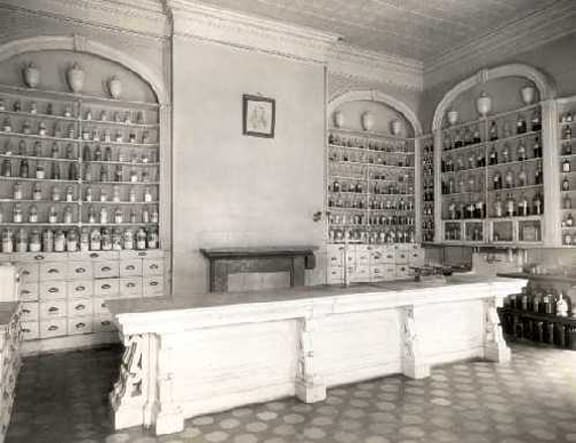
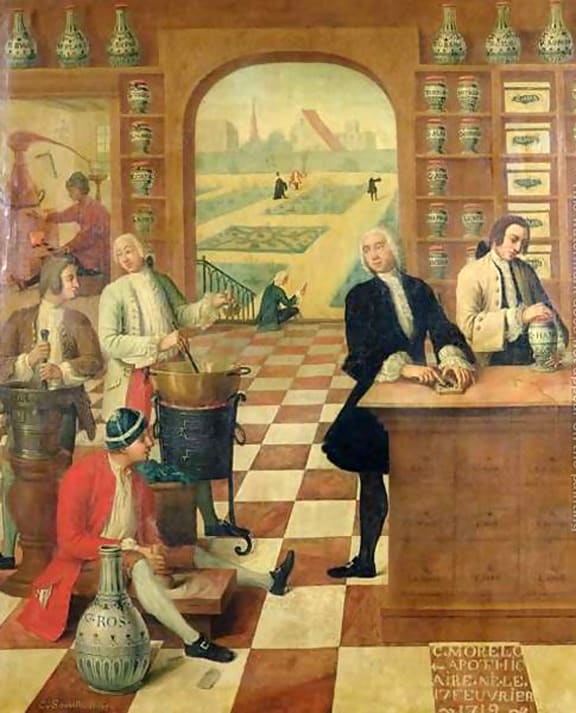
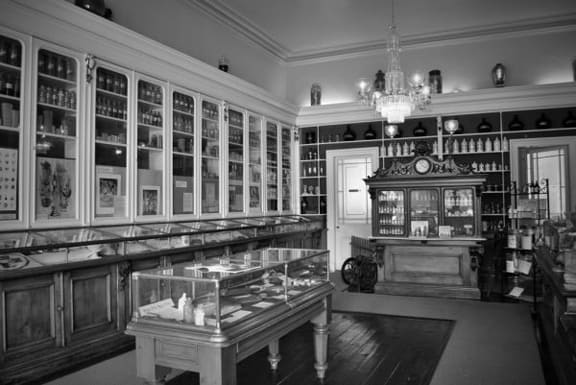
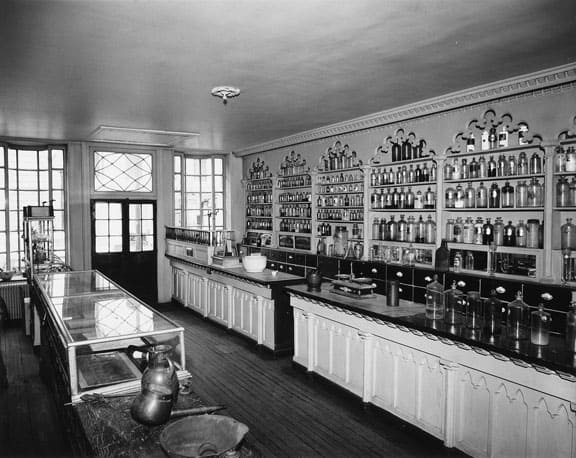
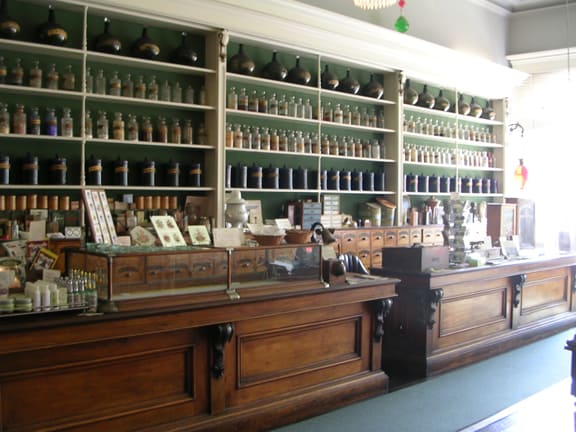
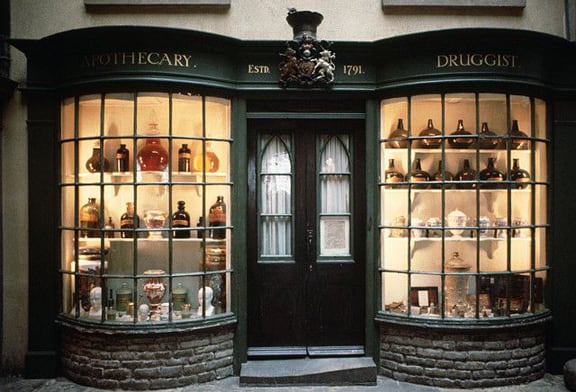
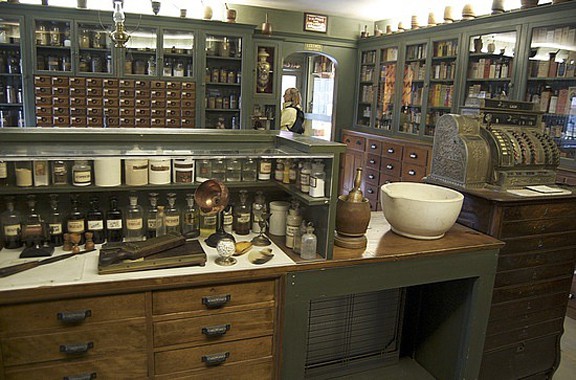
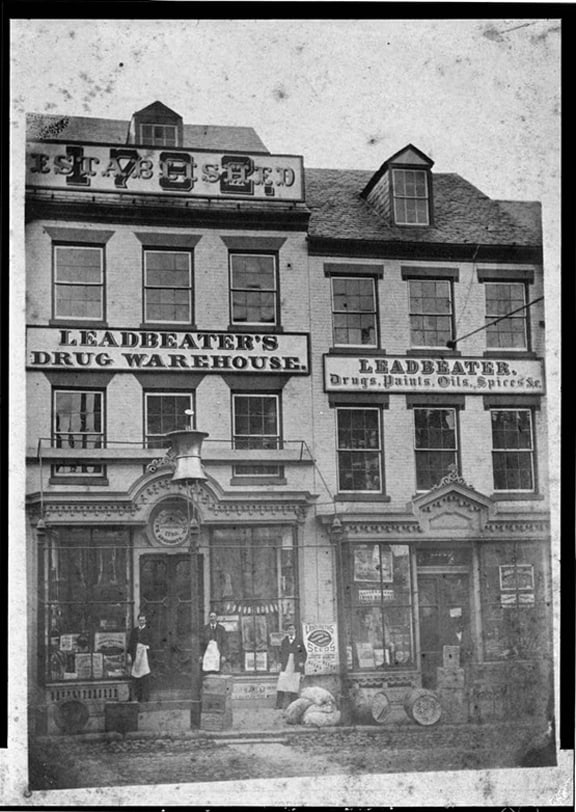
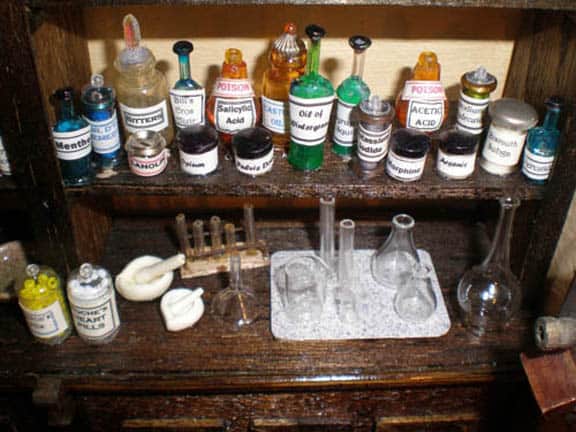
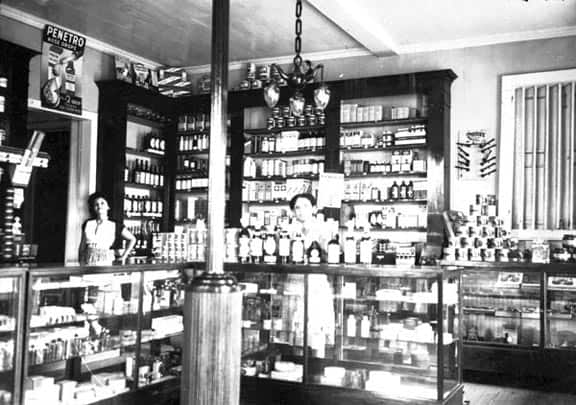
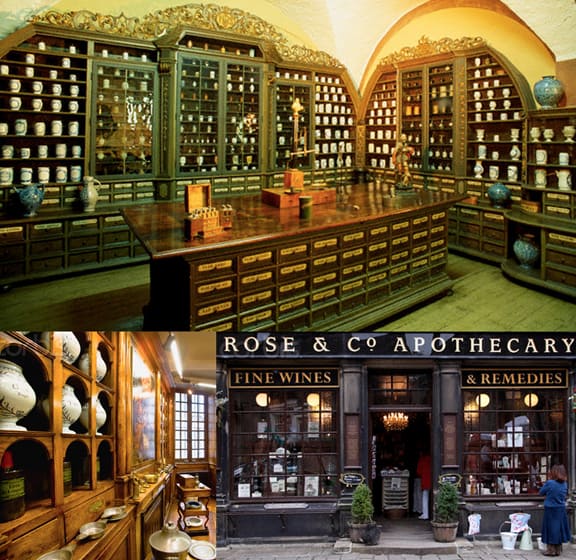
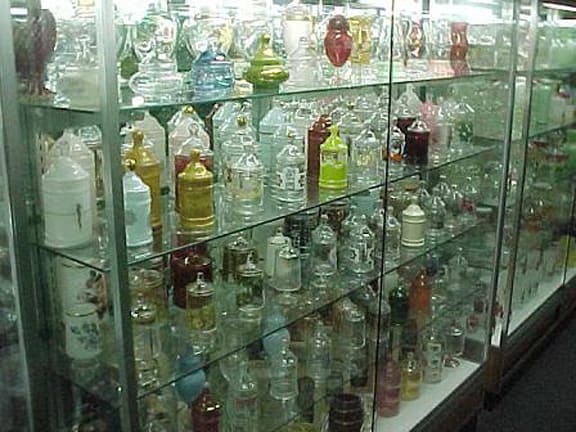
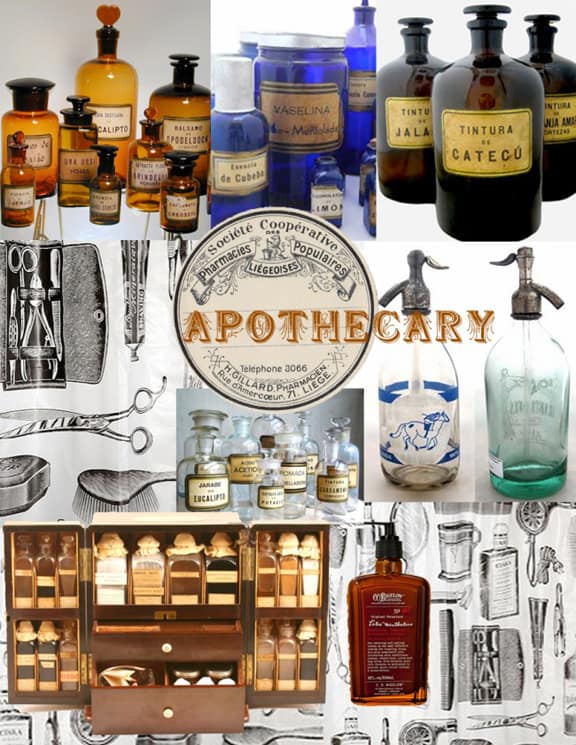
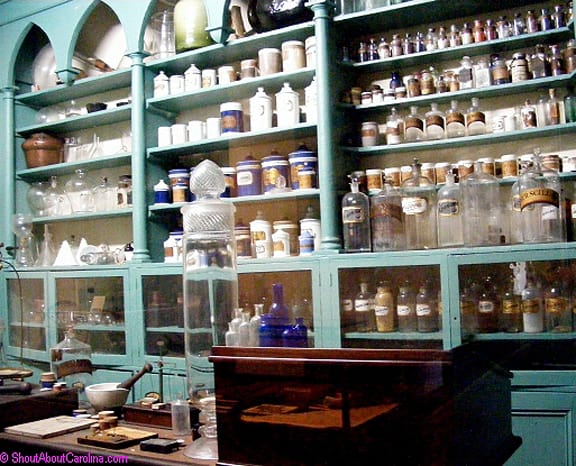
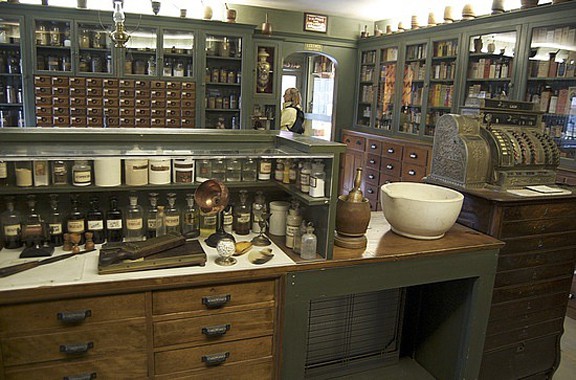
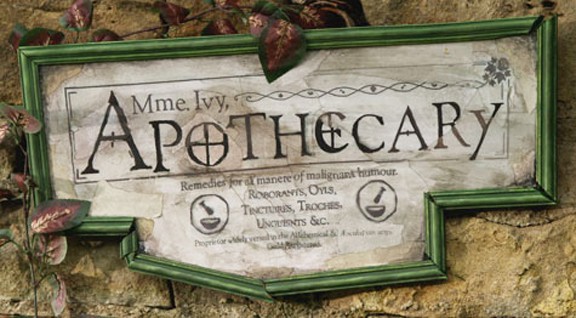
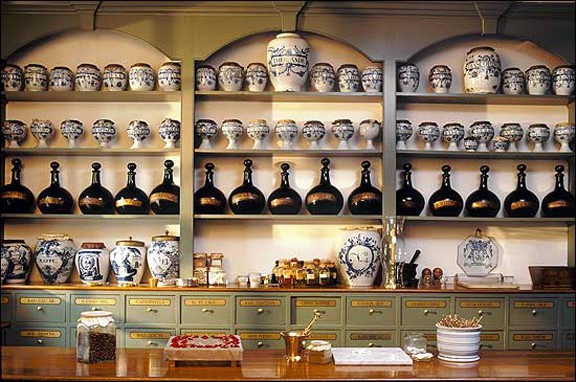






I don’t know a whole lot about Apothecary jars, but I’m learning!
These are AWESOME! Someday I’d love to craft a apothecary shop display using dollhouse miniatures…these graphics would be great inspiration!